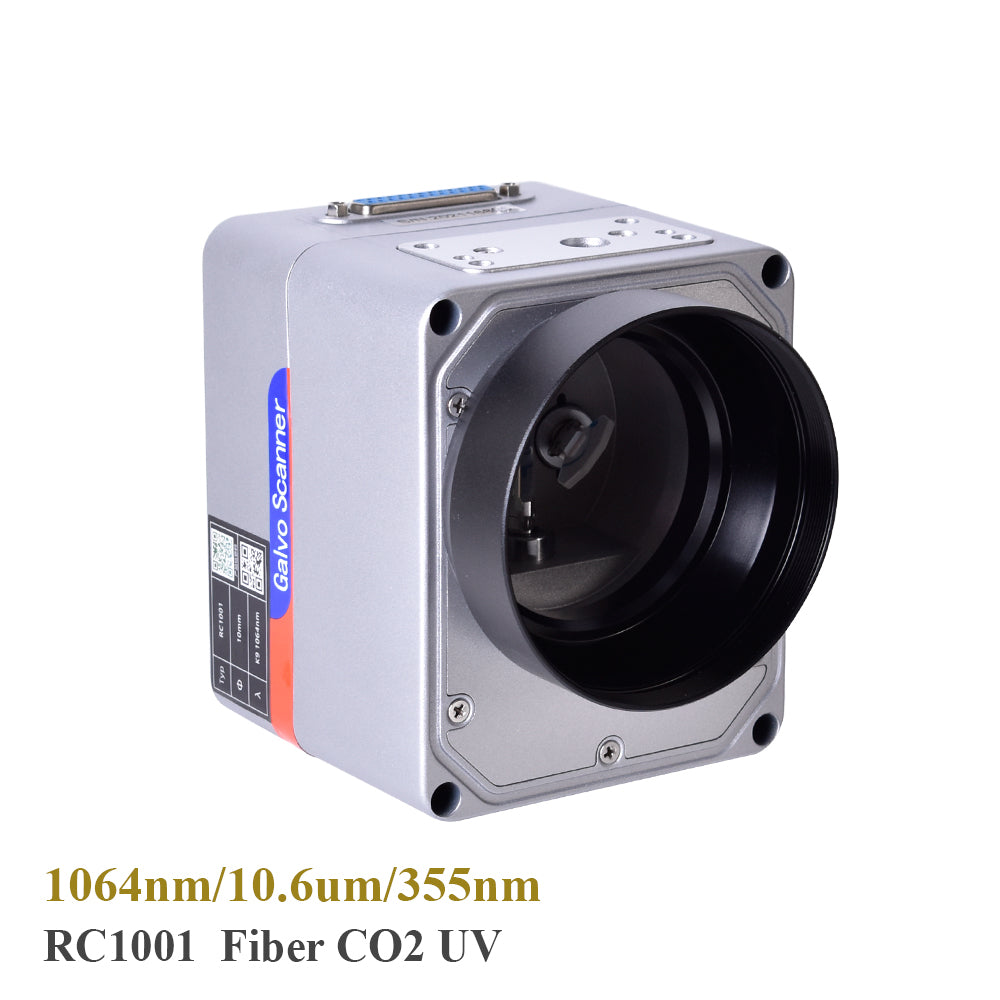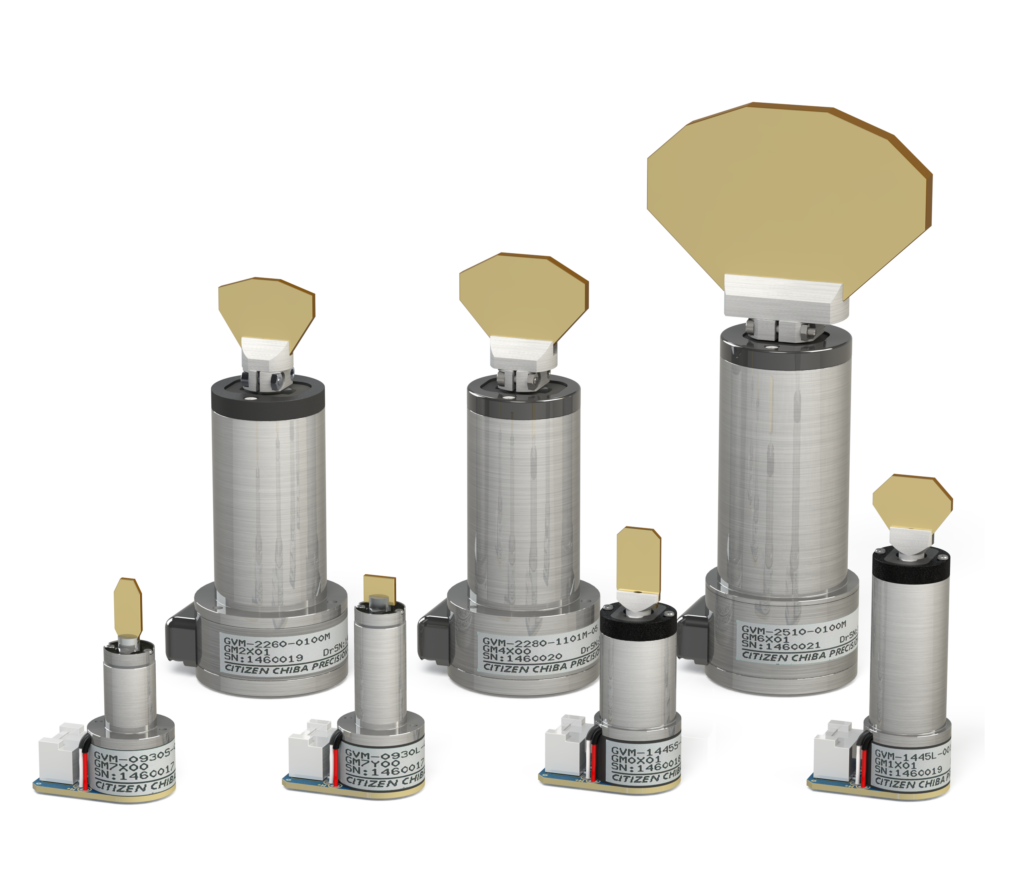The Relevance of Calibration in Maximizing Your Galvanometer Scanner's Efficiency
The Relevance of Calibration in Maximizing Your Galvanometer Scanner's Efficiency
Blog Article
Secret Applications of a Galvanometer Scanner in Numerous Scientific Study Fields
Galvanometer scanners have actually come to be integral to various scientific research areas, offering enhanced precision in applications varying from biomedical imaging to environmental monitoring. Their capability to help with high-resolution imaging methods, such as confocal microscopy, plays a vital role in advancing our understanding of cellular structures. Moreover, in material processing, these tools improve the precision of laser cutting and welding. As we explore the diverse applications of galvanometer scanners, it comes to be apparent that their effect prolongs much past simple technological capacities, questioning concerning their future capacity in arising study areas.
Biomedical Imaging

In confocal microscopy, galvanometer scanners help with the acquisition of images with boosted resolution and contrast, allowing researchers to visualize cellular elements in vivo. The capacity to swiftly capture several focal planes enhances the three-dimensional repair of tissues, offering vital insights right into their design and function.

Additionally, the quick scanning capabilities of galvanometer systems add to advancements in dynamic imaging applications, such as checking cellular reactions to stimulations. Therefore, galvanometer scanners are essential devices in the area of biomedical imaging, advancing research and scientific diagnostics via their precision and effectiveness.
Material Handling
Precision in product processing is essential for achieving high-quality outcomes in various industrial applications (galvanometer scanner). Galvanometer scanners play an important function in improving this accuracy by making it possible for rapid and exact activity control throughout the handling of materials such as polymers, steels, and porcelains. These gadgets facilitate methods like laser cutting, welding, and engraving, which call for finely-tuned adjustments to ensure ideal results
In laser cutting, as an example, galvanometer scanners enable complex styles to be performed with high integrity, minimizing waste and boosting production performance. The rapid motion abilities make it possible for quick modifications in the laser light beam course, which is essential for keeping consistent cutting high quality throughout differing product thicknesses. In laser welding applications, the precision provided by galvanometer scanners ensures strong joints with marginal thermal distortion, thus enhancing architectural integrity.
Moreover, the versatility of galvanometer scanners to various laser kinds and wavelengths better widens their utility in material processing. Their capacity to function in tandem with sophisticated software application for real-time monitoring and control adds an added layer of class, enabling makers to accomplish specific specs customized to particular applications. Therefore, galvanometer scanners are essential in progressing the capabilities of material he said processing innovations.
Optical Characterization
In the realm of optical characterization, the duty of galvanometer scanners becomes increasingly considerable as they facilitate the analysis of numerous optical residential or commercial properties with high precision. These devices allow specific control of laser light beams, permitting researchers to methodically penetrate materials at several angles and frequencies. next page This ability is important for identifying the refractive index, absorption coefficient, and spreading buildings of varied products.
Galvanometer scanners are particularly effective in methods such as optical comprehensibility tomography (OCT) and laser-induced fluorescence (LIF), where quick scanning is vital. By attaining high-speed modulation of the laser position, galvanometer scanners enhance the temporal resolution of these approaches, bring about boosted imaging and analysis. Additionally, they enable the exploration of intricate interactions between light and issue, which is crucial for recognizing product behaviors under various conditions.
Furthermore, the combination of galvanometer scanners with spectroscopic techniques broadens their energy, allowing for detailed spectral analysis throughout a wide array of wavelengths. This convenience makes them important devices in fields such as products scientific research, biomedical study, and nanotechnology, where comprehensive optical characterization is vital for advancing expertise and technology.

Laser Micromachining
The advent of laser micromachining has changed manufacturing procedures, allowing the development of complex structures with unmatched precision. This strategy makes use of high-intensity laser light beams to exactly remove material from a substratum, making it possible to produce micro-scale components that are essential in different sectors. The application of galvanometer scanners in laser micromachining improves the performance and precision of this process by enabling fast and exact beam of light positioning.
Galvanometer scanners assist in the dynamic control of laser beam of lights, enabling intricate patterns to be engraved or cut with high integrity. Their rapid reaction times and high-resolution capacities permit for the adjustment of laser pulses, which is important for achieving the preferred product buildings and surface area finishes. This technology is specifically advantageous in industries such important link as electronic devices, where the miniaturization of components is important for efficiency improvement.
In addition, laser micromachining is progressively being utilized in the medical field for making accuracy tools and implants. The combination of laser technology and galvanometer scanning not only improves production workflows but likewise minimizes waste and improves total product utilization, making it a lasting choice for modern-day manufacturing difficulties.
Environmental Monitoring
Ecological monitoring has become progressively crucial in managing the wellness and analyzing of ecosystems and city settings. The integration of galvanometer scanners in this area enables precise, fast, and reliable data collection, assisting in better decision-making procedures. These scanners are adept at routing laser light beams or sensors throughout different terrains, allowing for high-resolution mapping of environmental parameters such as air high quality, soil structure, and water pollution.
In air high quality monitoring, galvanometer scanners can be used to examine particulate matter and aeriform contaminants, giving real-time information that notifies public wellness initiatives. For water high quality analyses, these scanners can help in identifying pollutants and gauging physical parameters, thereby ensuring compliance with ecological policies. In addition, in remote sensing applications, galvanometer scanners boost the capacity of satellite and drone systems to capture thorough pictures and information of huge areas, determining anthropogenic impacts and environmental changes.
The convenience and precision of galvanometer scanners make them crucial tools in environmental tracking, adding substantially to sustainable development efforts and the security of natural resources. As the demand for efficient ecological management grows, the role of these sophisticated devices will most certainly expand further.
Conclusion
In summary, galvanometer scanners offer as necessary tools across several scientific study domain names. The adaptability and effectiveness of galvanometer scanners continue to drive advancements in these critical fields.
In laser welding applications, the precision provided by galvanometer scanners makes certain strong joints with marginal thermal distortion, thereby enhancing architectural integrity.
Moreover, the flexibility of galvanometer scanners to various laser types and wavelengths further broadens their utility in product handling. By attaining high-speed modulation of the laser position, galvanometer scanners boost the temporal resolution of these approaches, leading to improved imaging and evaluation. The application of galvanometer scanners in laser micromachining boosts the effectiveness and precision of this process by permitting fast and accurate beam positioning.
Galvanometer scanners facilitate the dynamic control of laser beam of lights, enabling intricate patterns to be etched or reduced with high fidelity.
Report this page